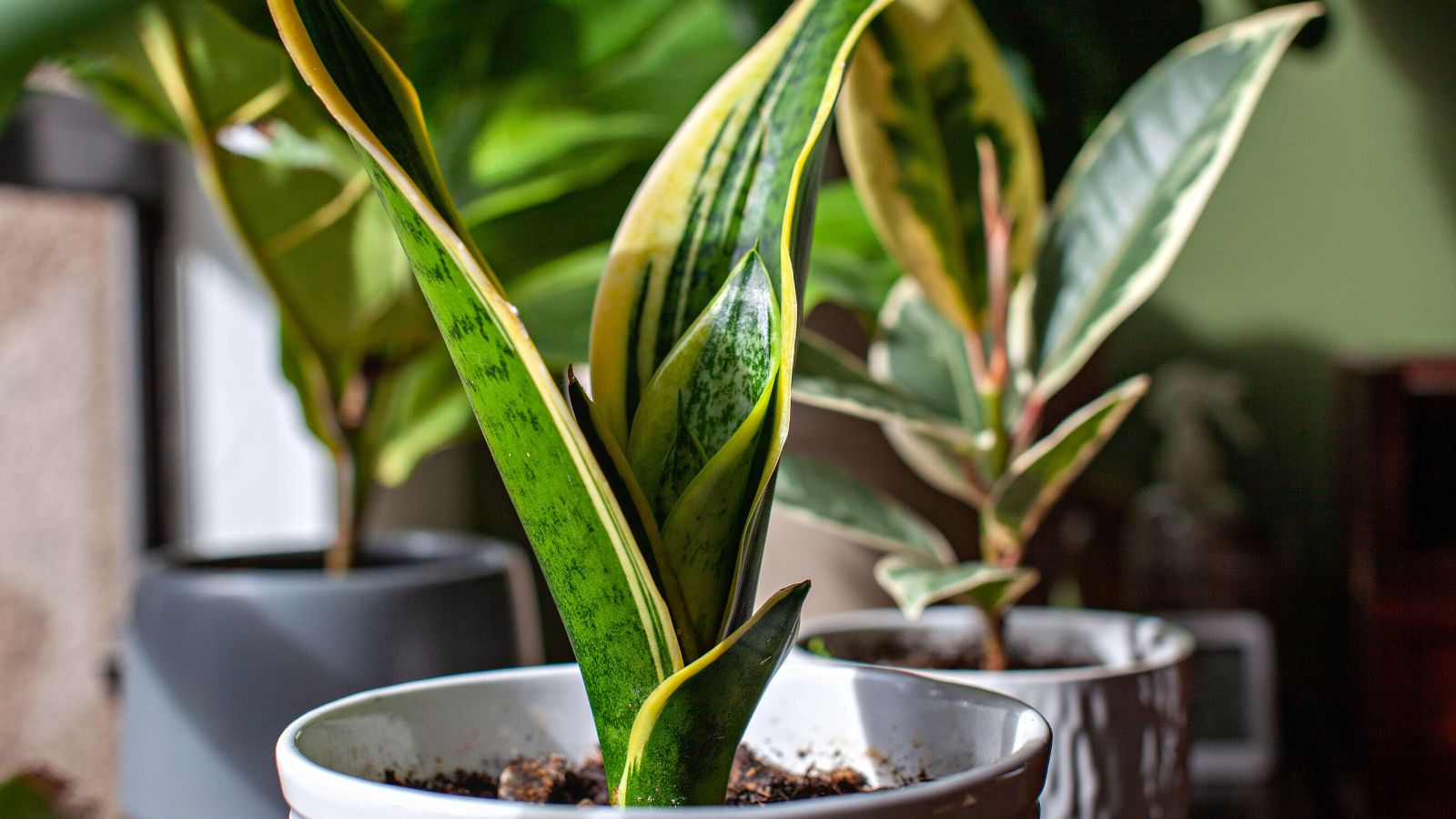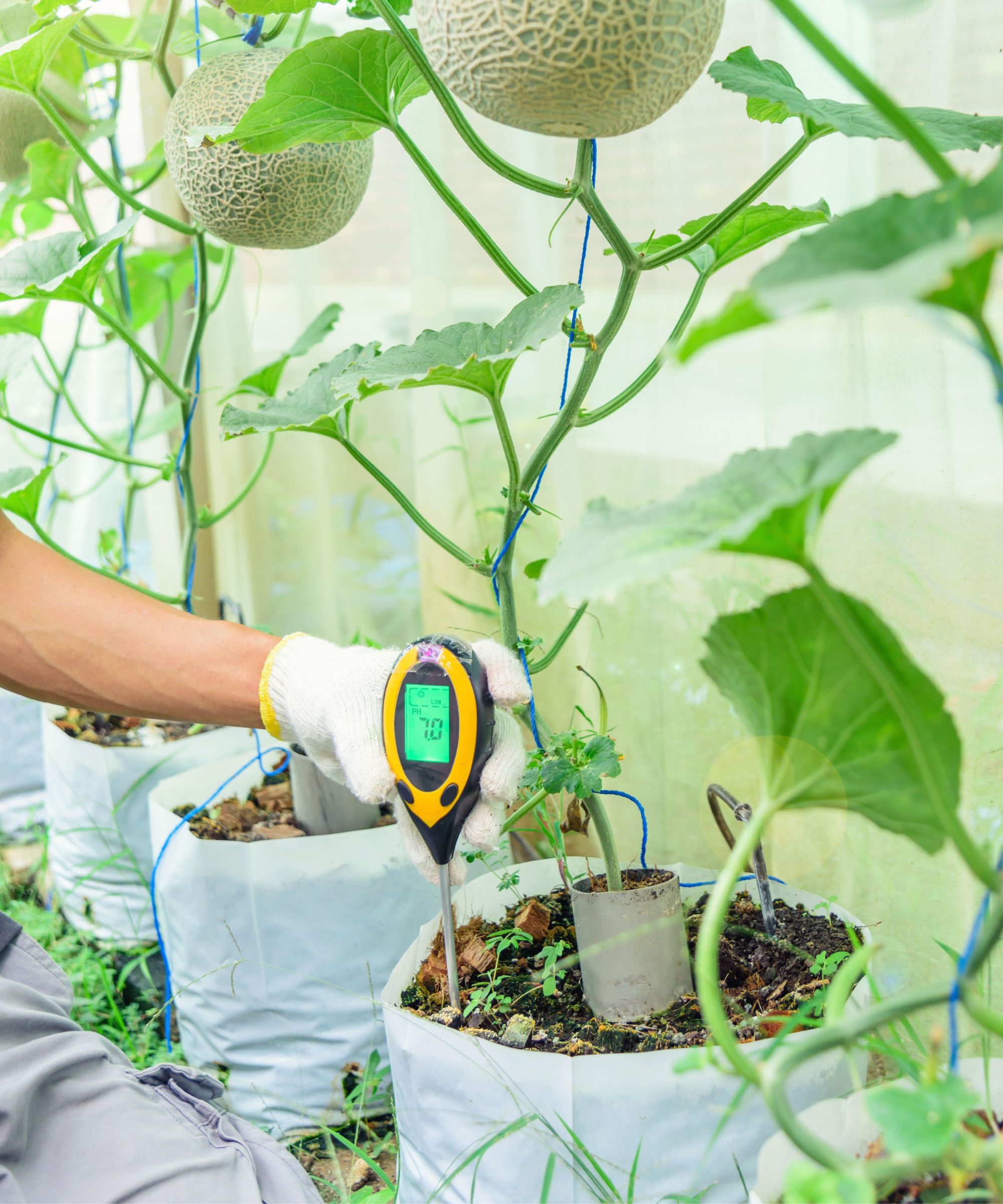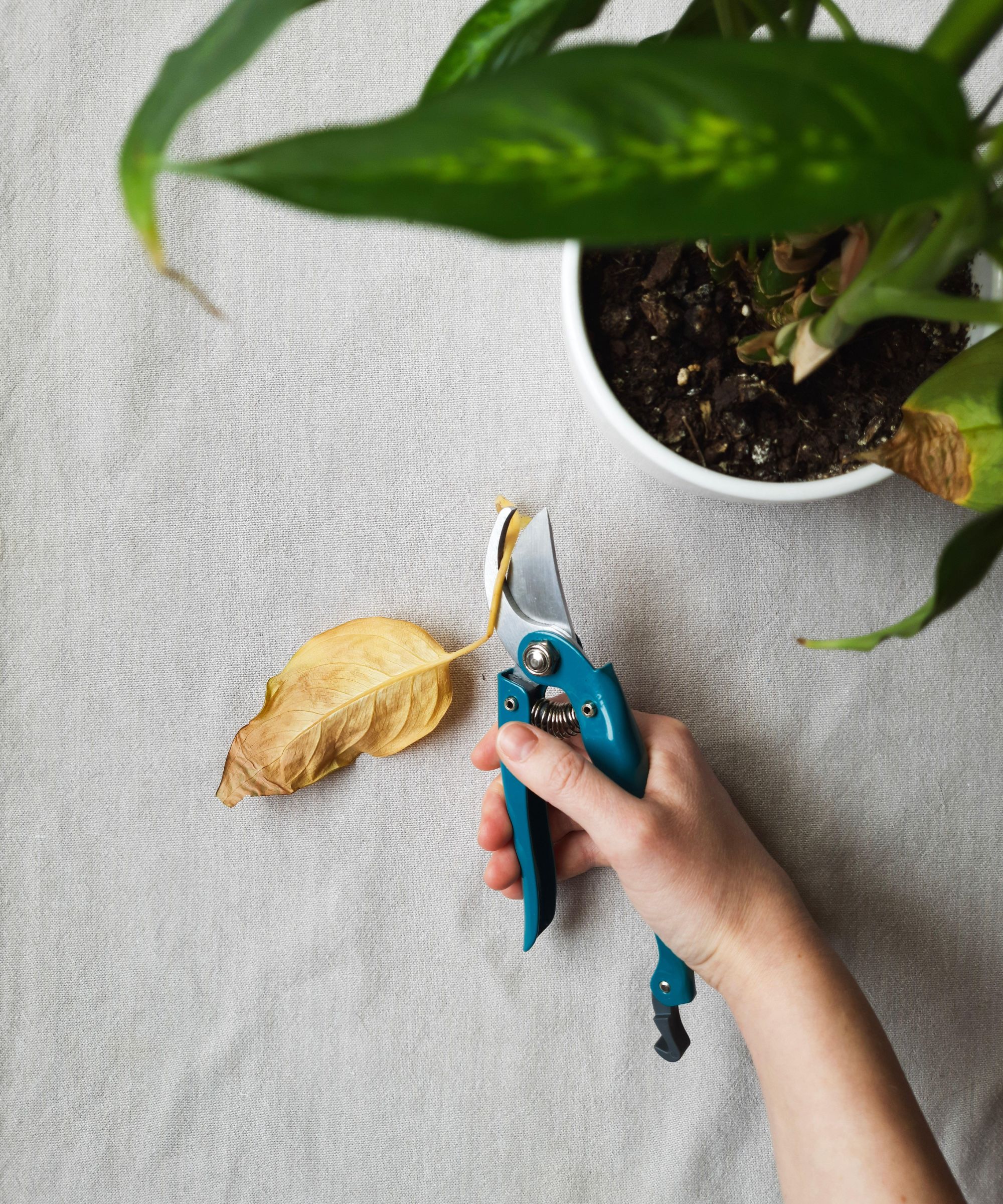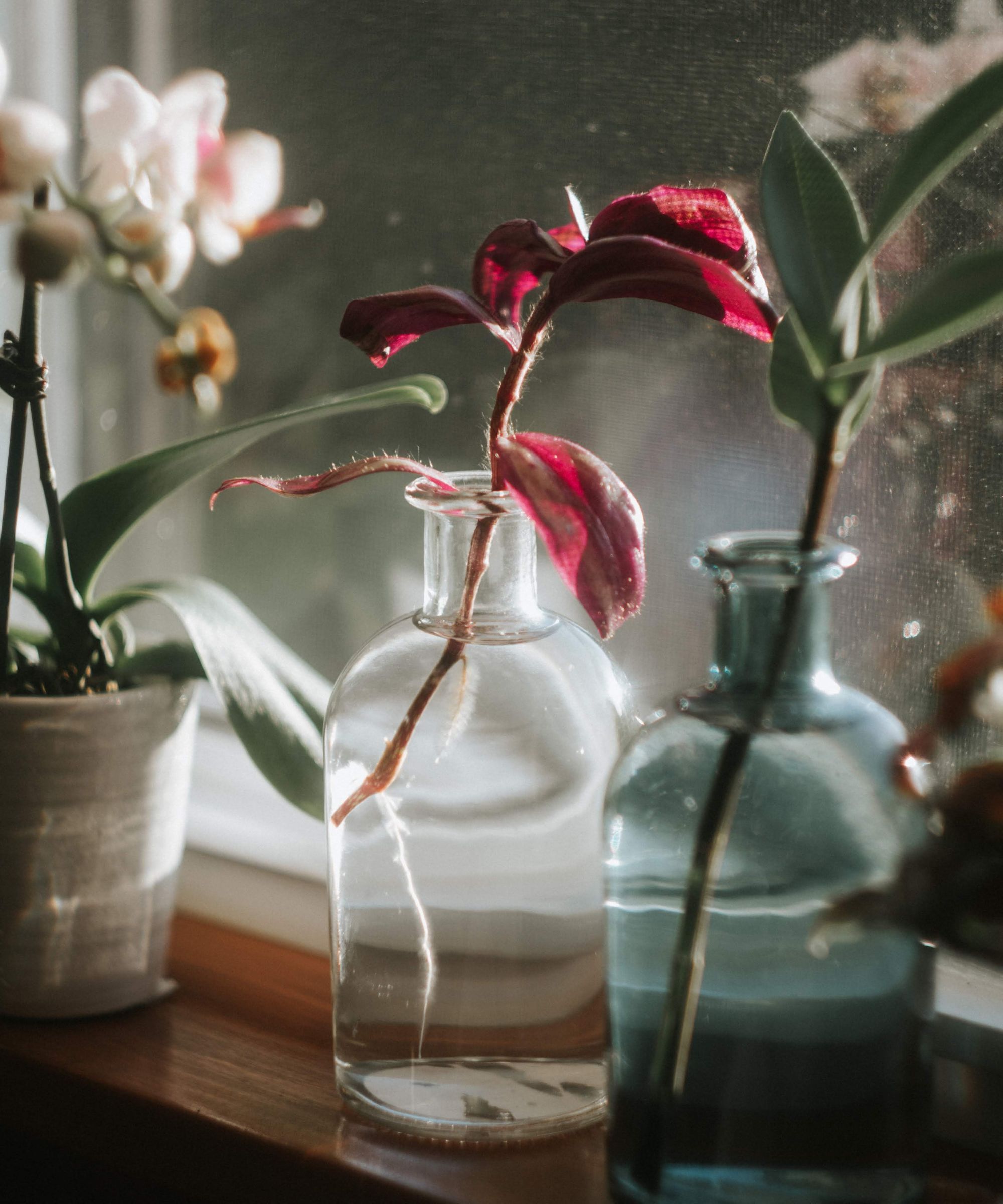The 6 must-have essentials I keep in my plant care kit – here's why you should have them too
I would never live without these six plant care essentials in my home if I want my plants to survive and thrive


Houseplant care is not the easiest thing in the world. Trust me, I have led enough harmless houseplants to their death before now to know. After finally finding my footing with houseplant care, however, I have managed to accumulate six must-have essentials that have kept my plant looking nicer for longer.
I have quite a hefty collection of the best indoor plants that all require slightly different individual care, whether it be different watering schedules or needing different amounts of light or drainage. You may be wondering how I have managed to find essentials that work for them all, including my best low-maintenance indoor plants.
These are the six plant care essentials I would never live without (and my plants wouldn't either).
1. Moisture meter

This little bit of kit can seem a bit extreme for simple houseplant care but given that most of my past plants died due to water issues, it has easily become my most essential must-have in my plant care kit!
Before buying a hydrometer like this one on Amazon, I found myself constantly second-guessing myself and asking how often should you water indoor plants really? Is the small label that came with the plant actually correct?
I quickly found out that just because the label told me that I should be watering my plants twice a week, it didn't mean that was the hard and fast rule. My hydrometer allows me to judge more accurately when each plant needs water and when I should be leaving the soil alone.
2. Velcro tape

I am a sucker for some of the world's most Instagrammable house plants like the Monstera. These immense monsters quickly start to become a bit top-heavy, however (this is something I only learned on my second monstera plant after I ashamedly killed the first before it grew much bigger than when I bought it).
Design expertise in your inbox – from inspiring decorating ideas and beautiful celebrity homes to practical gardening advice and shopping round-ups.
In a search for ways to be sustainable at home, I came across this reusable garden tape for plants on Amazon that allows me to gently tie my plant's stems to a stake without the need for plastic ties.
What's more, gardening tape seems to put less stress on my plant as it is gentler than a harsh, thin tie, making it ideal for making my plants last longer!
3. Watering globes

Remember me mentioning that most of my past plants died due to issues with watering? Well, watering globes have truly helped to keep most of my collection alive – especially when I am away from home.
I confess that when I first started adding houseplants to my home I was far more invested in decorating with plants than taking care of them. I probably should have bought faux greenery at that point but there really is nothing like the real thing.
Watering globes help me to keep my plants watered even when I slightly neglect them by allowing the roots to absorb moisture as and when it needs it, so over or underwatering is a thing of the past!
Now I just have to remember to refill them...
4. Pruning scissors

It turns out that occasional pruning is not only for garden ideas but for your houseplants too! I found that my gardening shears are just a little too big and clumsy for my small delicate houseplants.
One of the lesser used essentials in my kit is, therefore, my smaller pruning scissors that look a lot like these trimming scissors on Amazon. Having a nice sharp pair of scissors dedicated to planting care helps to keep them clean and sharp to make precise cuts on my plants when needed.
5. Rooting powder

I cannot get over just how expensive houseplants are sometimes, so learning how to take plant cuttings and propagate was a must when I truly got into house plant care. It was my mom that originally introduced me to the wonders of rooting powder and now I would never go back.
Rooting powder is readily available on Amazon and at garden stores and helps encourage root development in fresh plant cuttings. What's more, I can use it for plants I am propagating in both soil and water, making it a truly versatile way to grow my plant collection for much less.
I started with some of the easiest houseplants to grow from cuttings and worked my way up from there. Now I find it to be one of the most satisfying aspects of plant care.
6. A plant first-aid kit

Okay, I admit, this is technically more than one item.
My plant first aid kit is possibly one of the most vital additions to my plant care kit that I recommend any houseplant (or outdoor plant) lover keeps in their cupboard or shed – especially if you own one of the hardest houseplants to keep alive.
No matter what you do with your plants it is sometimes just impossible to avoid common houseplant pests occasionally and I find it is easier to deal with an infestation if you already have the materials to hand.
I keep things such as isopropyl alcohol, neem oil, and cotton pads in my kit to help clean the plant's leaves, as well as an insecticide soap in a spray bottle, and some strips of fly tape to help kill off any bugs that decide to move around my home.
While I do not have any in my storage shed at the moment, I will likely also add a bag of diatomaceous earth to my first aid kit that I can use to cover my houseplant soil to trap and kill bugs and pests too.
I have also read up on how to get rid of bugs from houseplant soil naturally too, just in case I need to spring into action to save my collection from pests once again.
How do you take care of indoor plants for beginners?
Beginner indoor plant care comes down to three essential things first: making sure you keep your potting soil moist but not soaked through, making sure the pots you use have drainage holes in the bottom of them, and making sure your plant gets the right amount of light whether that is full direct sunlight or shade.
From here you can begin to learn about the specifics of each houseplant type, but getting the fundamentals right at first is essential.

Chiana has been at Homes & Gardens for two years and is our resident 'queen' of non-toxic living. She spends most of her time producing content for the Solved section of the website, helping readers get the most out of their homes through clever decluttering, cleaning, and tidying tips. She was named one of Fixr's top home improvement journalists in 2024.